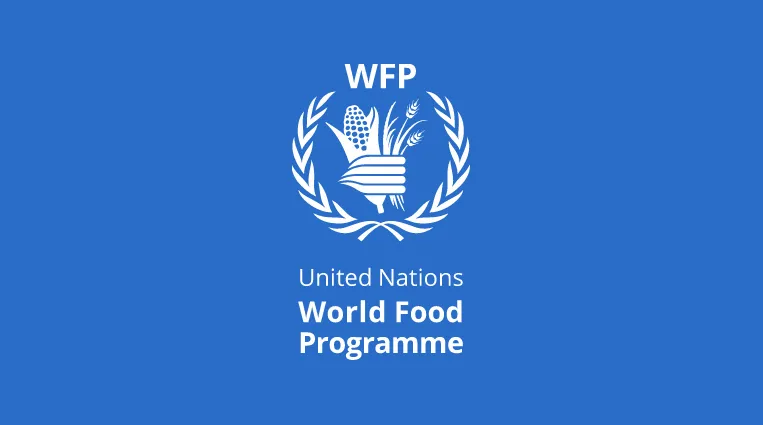Food Security Assessment in the Northern Part of Rakhine State, Final Report, July 2017
05 July 2017

FOOD SECURITY: In line with the previous remote emergency assessments, the survey confirmed a worsening of the food security situation in already highly vulnerable areas after the October 2016 incidents and subsequent security operations. Nearly one third of the population was severely food-insecure and in need of humanitarian assistance. Only 14 percent of women achieved minimum dietary diversity and none of the children met the minimum adequate diet. Income opportunities were scarce and households could not access sufficient food to cover their needs. About half of the markets were not functioning or were only partially operational, food prices were highly volatile and supply of affordable foods in many markets was scarce.
OVERALL SITUATION
Maungdaw district is among the most vulnerable and chronically food-insecure areas in Myanmar and the assessment confirmed a further deterioration of the food security situation.
Measured by the food consumption score, about two third of the households could not meet an adequate diet and 28 percent of them had a poor food intake the week prior to the survey. With respect to previous surveys (2014-16), an increase was registered in diet inadequacy rates, from 43 to 62 percent, and in the share of households with poor food consumption, from 9 to 29 percent . During thirty days prior to the survey, about one third of the households faced extreme experiences of food insecurity, such as no food of any kind in the household (28 percent), went to bed hungry (34 percent), or went for the whole day and night without eating (28 percent).
Download full report in English HERE.
အစီရင္ခံစာ ျမန္မာဘသာကုိ ဤေနရာတြင္ ရယူႏုိင္သည္။
Announcements
28 February 2025
Asian NGO Network on National Human Rights Institutions , CSO Working Group on Independent National Human Rights Institution (Burma/Myanmar)
Open letter: Removal of the membership of the dis-accredited Myanmar National Human Rights Commission from the Southeast Asia National Human Rights Institution Forum

Progressive Voice is a participatory rights-based policy research and advocacy organization rooted in civil society, that maintains strong networks and relationships with grassroots organizations and community-based organizations throughout Myanmar. It acts as a bridge to the international community and international policymakers by amplifying voices from the ground, and advocating for a rights-based policy narrative.